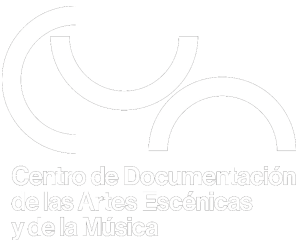In their own way: contrafactal practices in Japanese Christian communities during the 16th century/ Makoto Harris Takao
Tipo de material: ArtículoDetalles de publicación: London; Oxford: Oxford University Press, 2019Descripción: páginasTipo de contenido:
ArtículoDetalles de publicación: London; Oxford: Oxford University Press, 2019Descripción: páginasTipo de contenido: - Texto (visual)
- sin mediación
For missionaries of the Society of Jesus (known as Jesuits), the friction of first encounters with the Japanese presented a cultural divide that could not yet be mediated by language. It was thus in these early decades (1549-70) that experimentation with non-linguistic practices led to the fostering of both the visual and performing arts. In taking music and drama seriously as something that was fully embedded within the mission context, this article moves beyond what has been claimed to date, placing emphasis on how liturgical music was applied, localized and newly created by Japanese communities in the 16th century. In so doing, it explores how contrafaction was an active means by which Japanese Christians sonically defined their own sense of identity, setting vernacular texts to existing forms of indigenous vocalization. By highlighting these contrafactal forms as traditions forged by the Japanese for the Japanese, this article develops an intercultural vocabulary for understanding Kirishitan (Japanese Christian) faith and practice through the lens of Japanese performance history. By this means, we can begin to overcome the enduring Eurocentric dualities that detract from a more nuanced and global understanding of the history of music in an interconnecting and interacting world.
No hay comentarios en este titulo.

